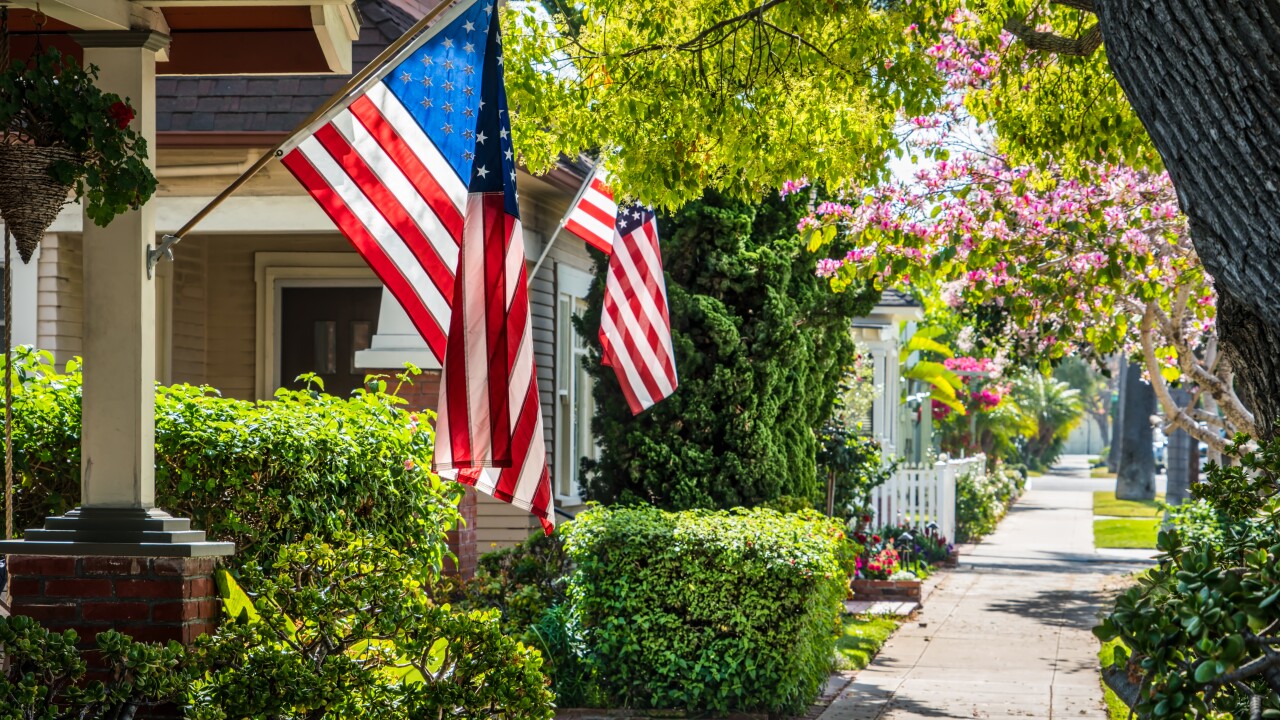Mobile technology is giving restaurants new ways to accept orders and payment, but largely ignores the social aspect of ordering a meal, particularly in office complexes.
Ritual's alternative is to use a “social platform” called Piggyback to get office staffs to pool to pick up orders, making the customers part of the delivery. The company has been active in Toronto since 2014 and in the U.S. since 2017, and launched in the U.K. at the end of January with plans to expand to more than a dozen new North American cities and the European continent 2019. It processed a million orders in its first two years, and plans to expand to its next million orders in the next two months.
“There’s nothing really new about this. People forever have gone out to lunch and asked co-workers, ‘Do you want me to bring something back?’ It’s human nature,” said Ray Reddy, co-founder and CEO of Ritual. “The challenge is, how do you pay in a situation like that?”

Users order and pay through the Ritual app, and use the Piggyback feature to notify people when someone else in their business places an order—allowing that individual order to become a group order. The person who picks up the order can earn points for free food. The restaurants pay a fee based on how its is onboarded.
Ritual reports more than 100,000 teams of employees have participated in its platform, spread over 2,500 restaurants, with an increase in order size of up to 400 percent.
By using its customers as part of the delivery, Ritual hopes to push the social element as well as avoid costs of other mobile order and delivery models, while making the payment an automatic part of the app through stored credentials.
In retail, this is often referred to as Uberization, or the idea of an invisible checkout, and is growing in popularity as mobile check in and no-cashier stores such as Amazon Go take hold.
For restaurants, it’s often a literal Uberization, as Uber becomes the delivery partner to mobile order and pay.
Ritual’s single mobile order, pay and social P2P platform attempts to centralize the process, enabling users to avoid different apps, such as the more traditional mobile order and delivery apps for restaurants that deliver; or the use or ride-sharing apps. That cuts costs, said Reddy, which makes more sense for quick serve and smaller restaurants.
“I’m not criticizing the ride-sharing apps, but the orders at these restaurants are too small for the fees,” Reddy said.
Starbucks has faced criticism for using Uber Eats as its U.S. delivery partner (it uses Alibaba in China). During the coffee chain’s recent earnings call, investors asked why Starbucks isn’t using its own mobile app, which is popular and widely used, as part of its delivery service.
“What matters is that the food is good and that it’s delivered quickly. Payment is secondary,” said Thad Peterson, a senior analyst at Aite. “The concept is an extension of order ahead/pick up in store and it is good for restaurants because it expands their market beyond their footprint, and it can help lessen the lines or seating delays in-store during peak hours.”
As with most things, the use case drives the process, so it’s better for some restaurants and not for others, Peterson said. “Factors like geography, population density, and competitive intensity all contribute to the value of this type of service.”





